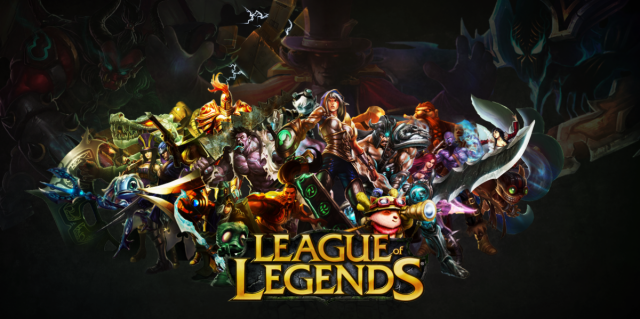While the internet wages the great debate of whether or not eSports deserve the title of ‘sport’, it’s clear that eSports are big business. For many gaming denizens of the internet, their sport of choice is a multiplayer online battle arena (MOBA) game called League of Legends (LoL). The global community built by Riot Games boasts more than 100 million active players each month. Competitive video games are no longer a fringe niche interest.
Fans don’t just love playing the game, they tune in online to watch replays or live streams of their favorite teams and players. No matter where you travel in world, it’s easy to find sports fans. People love to get together and watch the most talented among us compete at the highest levels of skill. Video games are no exception. League of Legends features many seasonal eSports events intended to bring new players into the fold, while simultaneously rewarding diehards who keep coming back for more.
These types of events draw big crowds and even bigger prizes. Top teams compete for prize pools of several million dollars – and fans can’t get enough of it, many practicing themselves with the goal of someday joining the pro circuit. According to an ELEAGUE presentation on eSports marketing, 67% of these eSports event attendees play three or more hours of games per day, indicating that the fans are themselves engrossed in the games they watch. A further 67% of these attendees say that they want more events to attend. It stands to reason that these same people and others like them would be interested in more events and products catered to their interests.
Advertising brings in big dollars to professional sports. We see this advertising on Monday Night Football, and more recently…we see it in the eSports arena. Advertising dollars fuel professional eSports teams who in turn build an enthusiastic audience who tunes in their matches the same way an NBA fan might watch the latest Cavaliers game.
Video game fans have been connecting and playing online for as long as the internet has been around and the culture runs deep. Great marketing can bridge global gaps and brings fans together for common interests. Much of this begins with creating a hub for fans to connect and learn more about the game. Again I’ll use League of Legends and Riot Games as the example, because there’s a reason why it’s the most popular online game in the world. Both of their sites are well-designed, attractive, and informative. They’re populated with branded videos, news, game information, and media showing real fans involved with the brands.
Gamers are a dedicated group who are all fans first and foremost. Until eSports coverage and Let’s Play videos became commonplace, there were very few places to watch games being played and connect on such a large level except for tournaments, most of which were much smaller in scope. It’s evolved into a spectator sport. eSports sponsors and companies pull every page possible from the event marketing playbook. Hundreds of teams across a variety of games compete in front of millions of viewers, all vying for fame and fortune. These businesses have huge social media presence and use it as a way to connect and market.
We’re just seeing the beginning. The next ten years of eSports will see a marked growth as casual and competitive video games become increasingly entwined. Global revenue for eSports already sits $20 billion higher than the music industry, and there’s no end in sight. In October 2016, the League of Legends 2016 World Championships played out in a sold-out Madison Square Garden in the heart of New York City. Reportedly more than 15,000 fans piled into the crowded arena each night of the championship to watch their favorite players and teams duke it out. One thing remains clear: this is a passionate audience that won’t stop watching anytime soon. It’s only a matter of time before mainstream advertising support takes notice of the massive interest in eSports.


